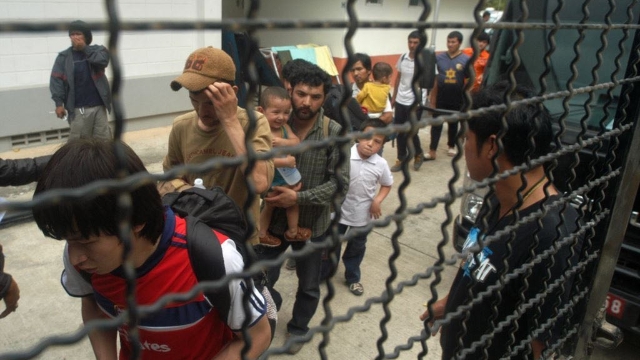The Complex, Challenging, Insufficient Nature of Refugee Education
in Host Countries
In the realm of refugee education, the notion of integrating
displaced children into the host country's educational system is often heralded
as the ultimate solution. Yet, the reality, particularly exemplified by the
experiences of Syrian children in Lebanon, reveals a far more complex and less
utopian narrative.
Initially, the strategy of enrolling refugees in the
national education systems of host countries seemed logical. It promised
sustainability, reduced resource strain, and fostered cohesion between refugees
and host populations. However, the practical implementation has unearthed
significant hurdles that demand attention.
Over the past 15 years, Lebanon has grappled with the influx
of over 1.5 million Syrian refugees, including half a million school-aged
children. The Lebanese Ministry of Education and Higher Education, alongside UN
agencies, opted to funnel refugees into the national education system, funded
by international donors. The goal was ambitious: enrolling 50% of school-aged
refugees, doubling the educational capacity to accommodate them alongside
Lebanese students.
Yet, this endeavor encountered formidable challenges from
the outset. The host country's reception of refugees, their residency status,
and the condition of the national education system were critical factors often
overlooked. The limitations became starkly evident as policies were enforced,
including segregated shifts, language barriers, and restricted access to
qualified teachers.
The outcome after a decade speaks volumes: Syrian refugee
enrollment in Lebanese state schools remains below 30%, with a mere 4%
progressing to secondary education. Compounded by the COVID-19 pandemic and
economic crises, vulnerabilities for Syrian children escalated. The precarious
nature of funding, reliant on international donors, further destabilizes the
system.
Lebanon's experience underscores vital lessons. It
emphasizes the imperative to widen access beyond formal schooling, eliminate
restrictive policies, and ensure inclusivity for all, including refugees with
disabilities. Equally crucial is the active involvement of refugee communities
in decision-making processes and the preservation of their cultural identity.
Moreover, transparency regarding funding and offering
diverse educational options are essential steps toward addressing the
multifaceted needs of refugee populations. Education cannot be divorced from
broader rights, including employment, social integration, and justice.









.jpg)